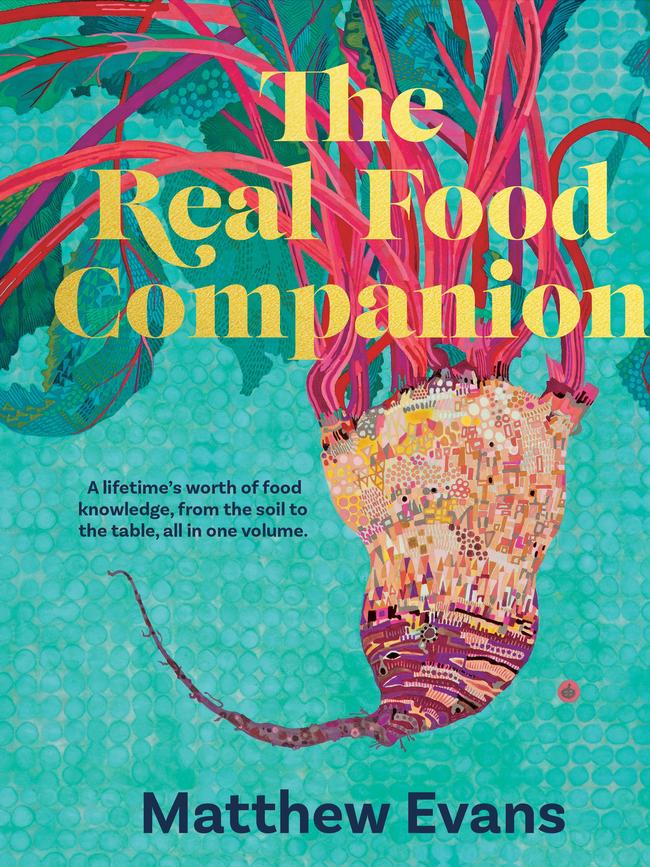Yoghurt roast chicken and tarte tatin
If you haven’t tried cooking roast chicken with yoghurt, you’ve been missing a trick. Finish with this incredible tarte tatin.

A covering of yoghurt, particularly if you have the time to marinate the chicken for a while, keeps the flesh moist. I like to use strong spices, but if you prefer, you can keep it simple and just use paprika, which will allow the chicken flavour to shine more brightly. This marinade is brilliant for lamb legs, too.
-
Yoghurt roast chicken
Rinse the chicken inside and out and pat dry with paper towel. Put the onion and salt in a food processor and blend to a purée. Add the garlic and ginger and keep processing until smooth, or at least a good paste-like consistency.
Heat the oil in a frying pan over low-medium heat and add the onion mixture (you may need to add a touch more oil if it’s impossibly dry). Cook for 10 minutes, or until the raw smell of the onion dissipates. The trick is to try to find when the heat of the onion is replaced by a sweet smell. Longer frying creates a better result than quick frying.
Remove from the heat and allow to cool slightly before stirring in the lime zest, lime juice, spices and yoghurt, and combine well.

Smear the yoghurt mixture all over the chicken and inside the cavity, until well covered. Set aside in the refrigerator for 30 minutes, or overnight if you’re organised.
Preheat the oven to 200C. Roast the chicken, preferably raised on a trivet, for 1 hour or until cooked through. Serve with steamed rice, naan bread or lentils. Serves 4
Tarte Tatin
This incredible dish, made famous by the Tatin sisters from Lamotte-Beuvron in France, is the essence of technique: simply caramelise the apples, cover with pastry, bake, then invert and serve upside down – and the more you do it, the better you get at it.
Heat the butter in a very wide heavy-based ovenproof frying pan, about 30cm wide, over low heat. I have a dedicated cast-iron tatin pan that I carted around France in a mad moment. But in the town where the sisters made the cake famous they use any old frying pan, then put the caramelised apples in a spring-form cake tin. If you are going for the tin option, grease a 30cm spring-form cake tin to transfer the apple into before topping with pastry.
Add the apples to the pan, cut side down, and cook really slowly until they have caramelised. You may not fit them all in the pan at the start, but you can take a couple out once they soften and squeeze more in, then return them all to the pan.

Sprinkle the sugar over the apples, then turn them over and cook the other side, splashing in some water if needed to make the caramel. This whole process may take about 1 hour, though probably slightly less.
Cook until the sugar starts to caramelise and the apple is cooked through – the water will slow the sugar caramelising. I like to add a bit of water just at the end to soften the caramel, too.
When the apples are nearly cooked, preheat the oven to 200C. Roll the pastry into a circle with a 30cm diameter to fit the pan, about 5mm thick all over.
Remove the pan from the heat. Cover with the rolled-out pastry so it covers the apples completely, and tuck in the edges. Bake in the oven for about 20–30 minutes, or until the pastry is well browned.
As soon as you remove the pan from the oven, gently invert the tart over a plate or platter (the caramel will be hot, so be careful). Serve warm with vanilla ice cream.
Serves 6
Pâte brisée (flaky pastry)
Use your fingertips to rub the butter into the flour and salt, or pulse in a food processor until the texture resembles fine breadcrumbs. Add just enough water to make a pliable dough, being careful not to overmix. Bring together into a ball and wrap in plastic wrap. Set aside, in the fridge if it’s warm, to rest for at least 30 minutes before rolling. Makes 400g

To join the conversation, please log in. Don't have an account? Register
Join the conversation, you are commenting as Logout